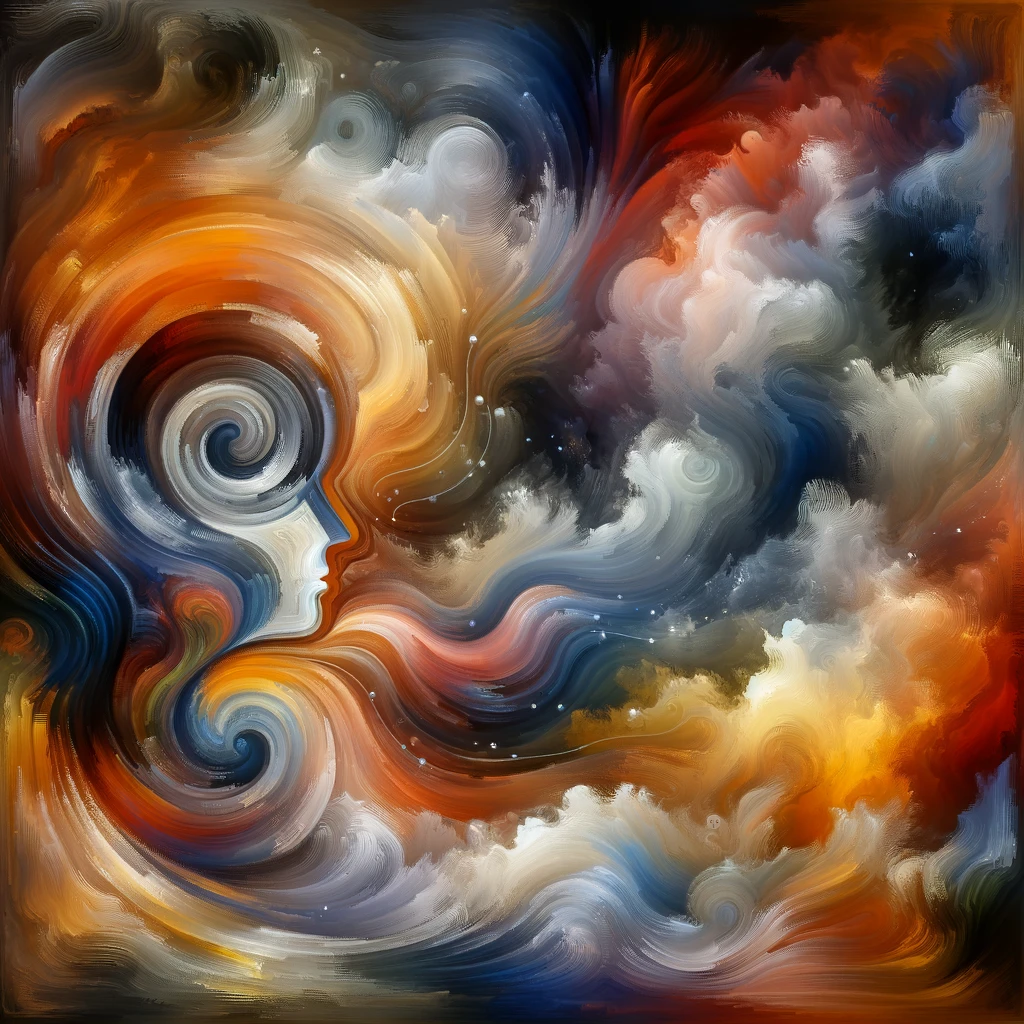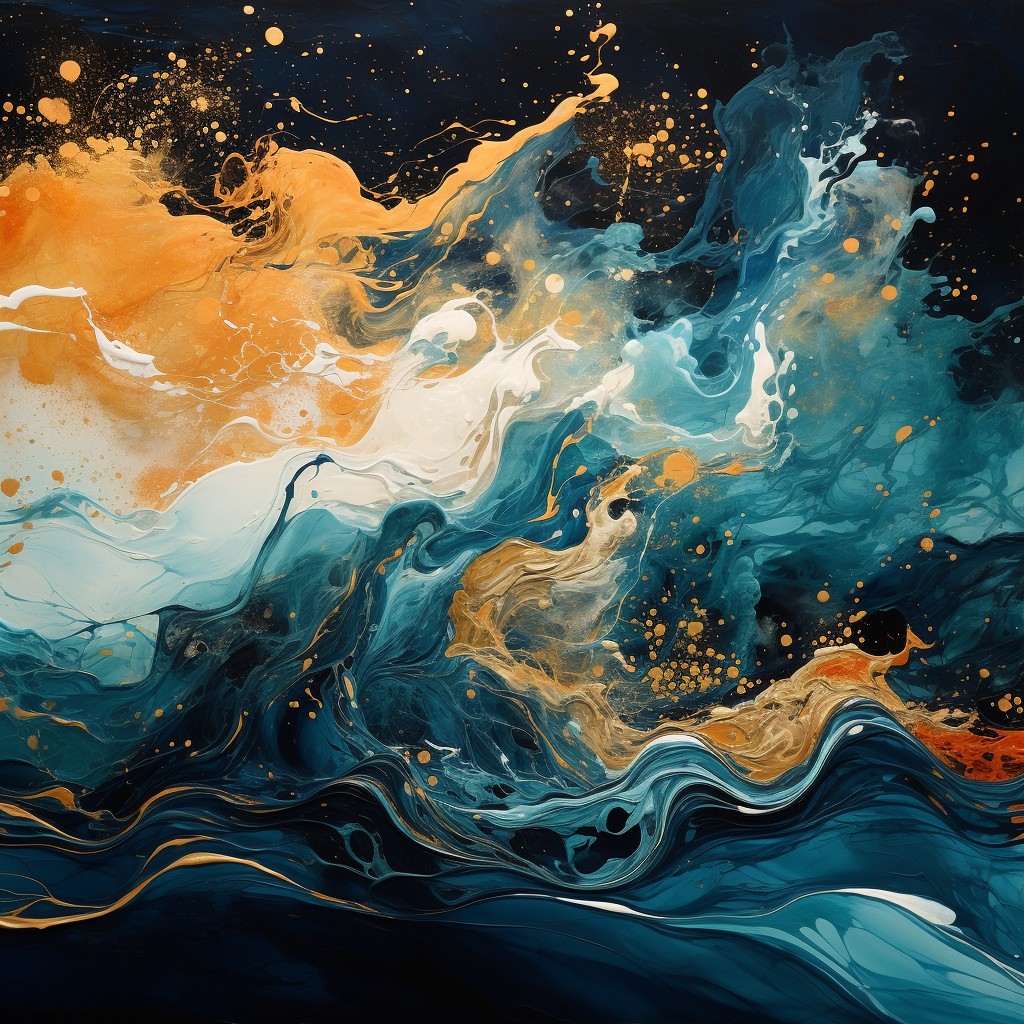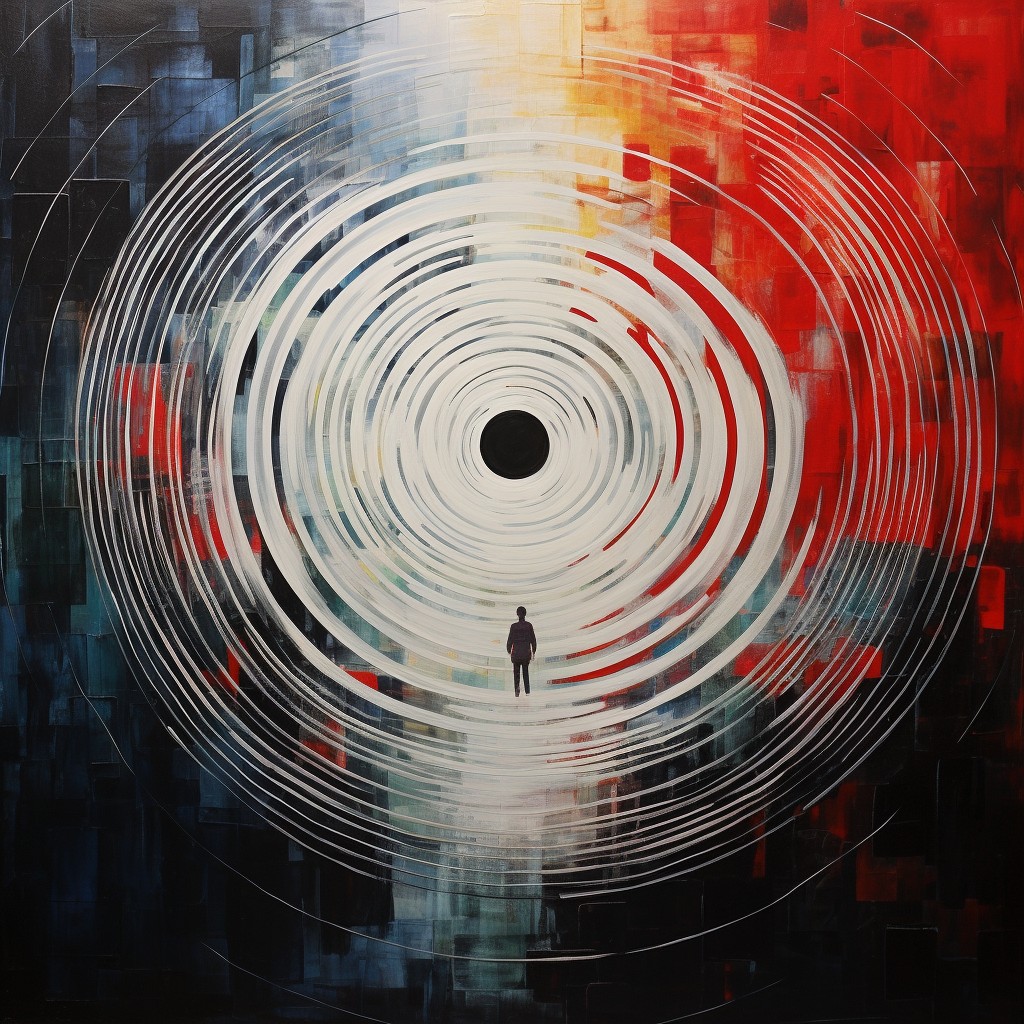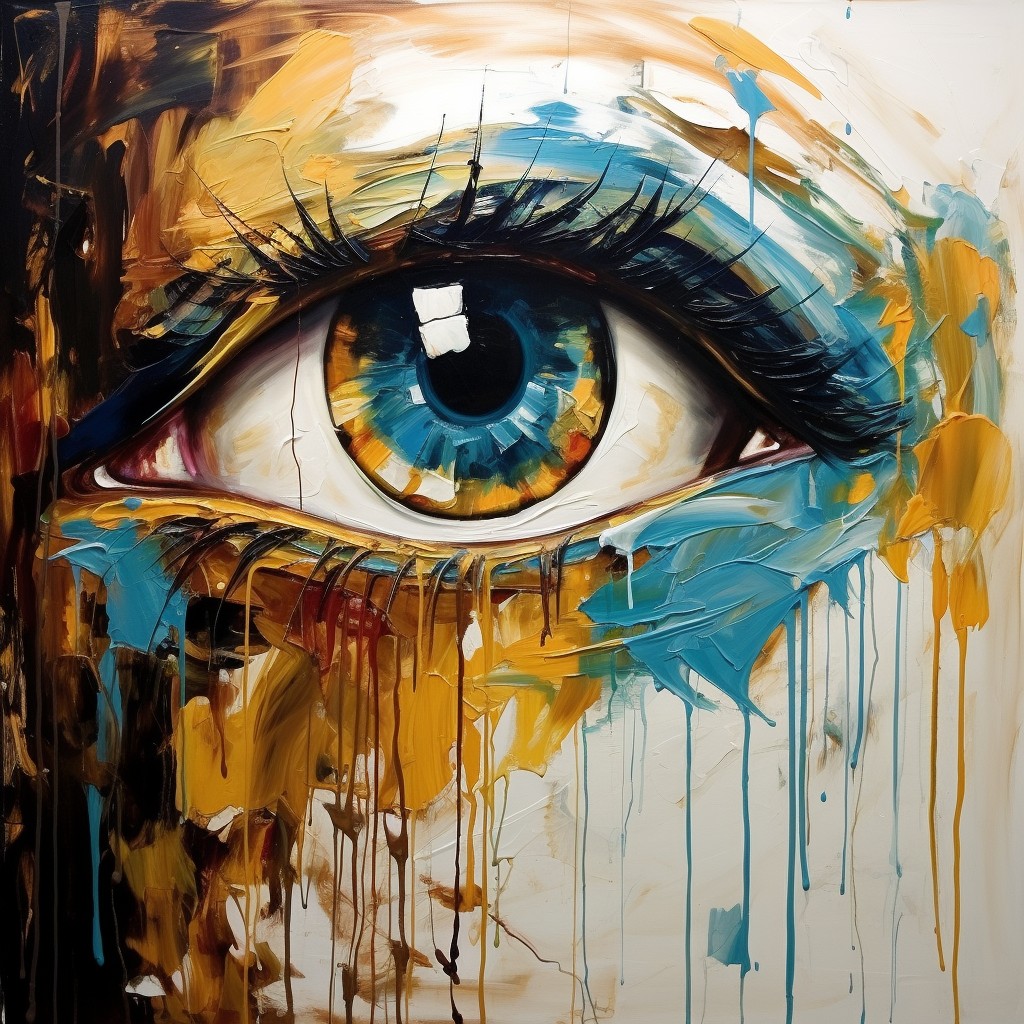Abstract art, a realm where colors dance and forms defy definition, offers a unique lens through which to explore and express cultural identity. This genre, unfettered by the constraints of realistic representation, allows artists to distill the essence of cultures into universal languages of shape, color, and texture. This article delves into how abstract art serves as a vibrant conduit for cultural expression, dialogue, and understanding.
Cultural Expression Through Abstraction
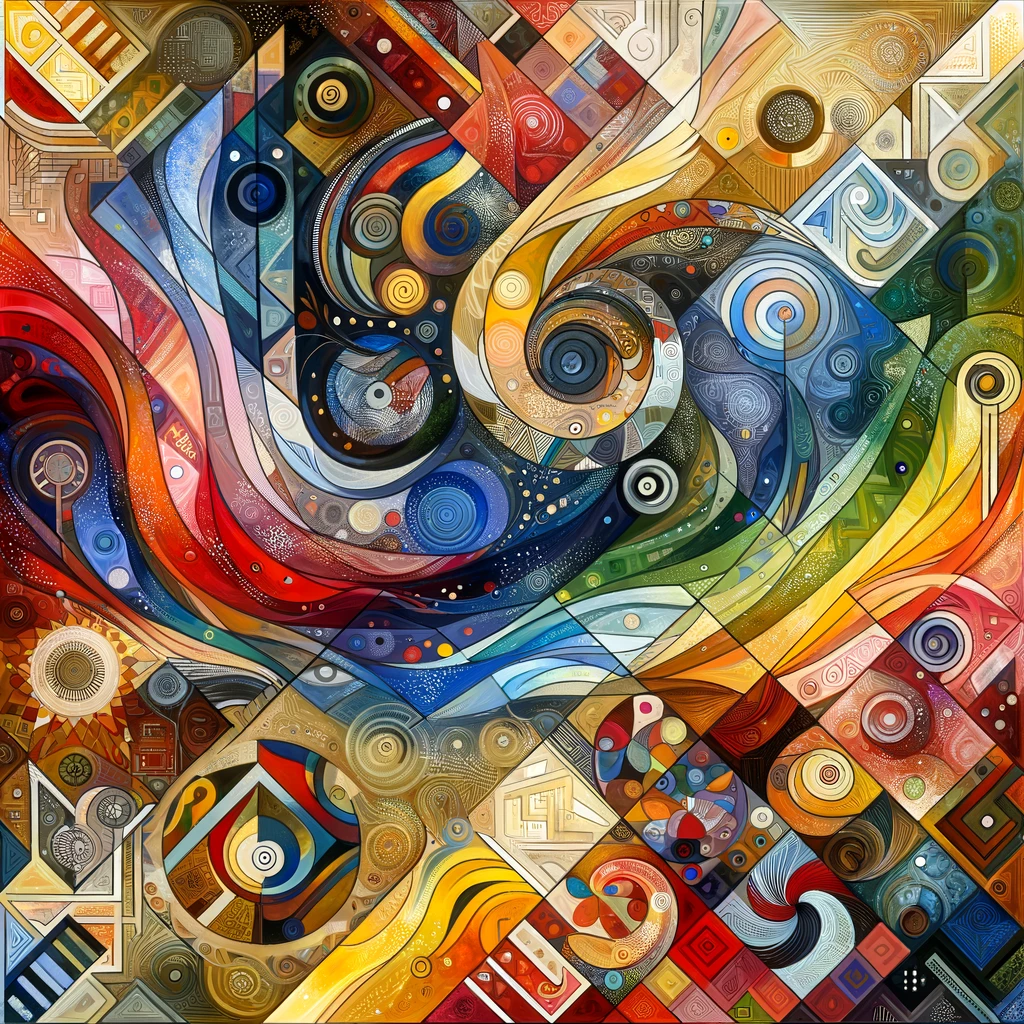
Abstract art enables artists to embed cultural narratives within the abstract elements of their work. By employing colors, patterns, and symbols that resonate with their cultural heritage, artists can create pieces that reflect the nuanced complexities of their identities. This form of expression transcends verbal language, reaching audiences across diverse cultural backgrounds through the universal appeal of visual aesthetics.
Dialogues Across Cultures
Abstract art acts as a bridge between cultures, fostering a dialogue that encourages empathy and understanding. When artists infuse their works with cultural motifs and philosophies, they invite viewers into a conversation about the similarities and differences that define human experiences. This dialogue can challenge stereotypes and deepen appreciation for the richness of global cultural landscapes.
Identity and Globalization
In an increasingly globalized world, abstract art offers a medium for exploring and asserting cultural identity amidst the homogenizing pressures of globalization. Artists can use abstraction to reclaim and reassert the distinctiveness of their cultural traditions, creating works that celebrate diversity and resist cultural erasure.
The Role of Abstract Art in Cultural Preservation
As traditional cultures face the threat of fading in the face of modernization, abstract art emerges as a powerful tool for preservation. By abstracting cultural elements, artists can create a living archive of motifs, colors, and forms that ensure the longevity of cultural heritage in the collective memory.
Conclusion
Abstract art, in its embrace of the abstract and the universal, provides a potent means for the exploration and expression of cultural identity. Through its capacity to embody and communicate the essence of diverse cultures, abstract art enriches the global tapestry, offering insights into the shared human condition and the unique beauty of individual cultural landscapes.
Explore more:

